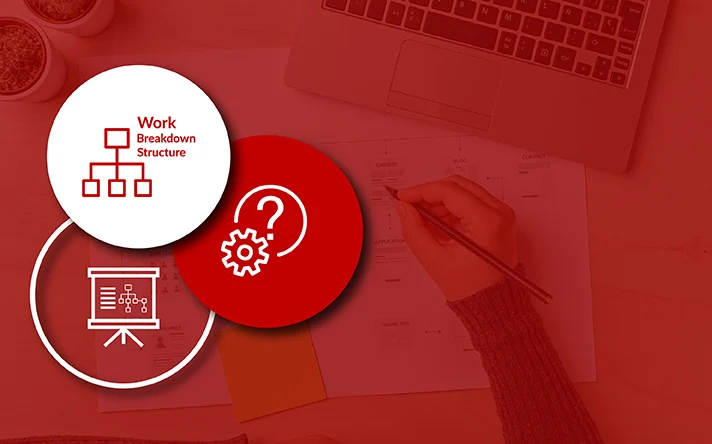Work breakdowns are a process that’s used in many business and project management scenarios. They are a way for a team to break down tasks and responsibilities into smaller segments so that each team member can focus maintainly on their area of expertise and get the job done. A work breakdown is a structure that’s used when planning and executing a project. Working out the breakdown structure for a project is the same as working out for any other type of project. It’s used to ensure that tasks and responsibilities are carried out most efficiently and effectively. However, working out the breakdown structure for a project can be pretty challenging. The process involves a lot of different tasks and different types of work breakdowns. We’ve put together this guide to help you understand the concept and use the structure effectively. Read on to learn more and get your work breakdowns working in the right way.
What is a work breakdown structure?
This plan is usually depicted as a diagram or table. A typical work breakdown structure includes a structure for tasks, owners, and a management system. There may also be a breakdown for different levels of expertise, such as individuals who work on one task versus those who work on a different task within the same lifetime.
Why does creating a work breakdown structure for a project matter?
If the project doesn’t have a clear breakdown structure, tasks and responsibilities will often get confused or muddled up. This leads to miscommunications and delays in completion. The end result could be a project with rising costs, a failed test or increased stress for all parties involved. A well-planned work breakdown structure can help avoid some of these problems. It can help the team stay focused on the project’s goals, and it can also help the team stay organized.
Importance of having a work breakdown structure for a project
Having a clear work breakdown structure is essential for success on a project. Without it, the team will end up in a mess. The structure helps the team stay organized, on task, and avoid delays. It also helps the team stay accountable as every task must be recorded and recorded by each team member.
How to create a work breakdown structure for a project
The first step in creating a work breakdown structure for a project is to decide each team member’s tasks and responsibilities. Once you know who should do what, the next step is to create a task breakdown structure. This is the backbone of the work breakdown structure and lays out each team member’s actual tasks and responsibilities.
Define the tasks and responsibilities of the members of your team
Next lessons learned, the team needs to define the tasks and responsibilities that each team member should have. This can be done through out-the-box questionnaires, email exchanges, or other methods. The result should be a list of tasks and responsibilities that everyone on the team should know how to do and what their duties are.
Create columns for tasks and responsibilities
The next step is to create columns for the tasks and responsibilities that your team members should know how to do. This can be done through out-the-box questionnaires, email exchanges, or other methods.
Create horizontal rows for tasks and responsibilities
A horizontal row is a type of work breakdown structure that lines all the employees of a team or department together. This makes communication and understanding between the employees a lot easier. To create a horizontal row, start by creating a new table or diagram centered on the employees you want to line up in the row. You can use this diagram to track the team’s progress and see who’s doing what and with what team members.
Create vertical rows for tasks and responsibilities
A vertical row is similar to a horizontal row, but the team members are stacked on top of one another instead of being on the same level. This is used when there isn’t enough space for a horizontal row in the area available.
Create pie-charts for tasks and responsibilities
A pie chart is just a representation of a work breakdown structure. A pie-chart and a work breakdown structure are that a pie-chart only shows part of the information. In contrast, a work breakdown structure shows all the necessary information to understand the task or responsibility.
Conclusion
Creating a work breakdown structure is crucial for planning and managing projects. It helps the team break down tasks and responsibilities into smaller segments.










